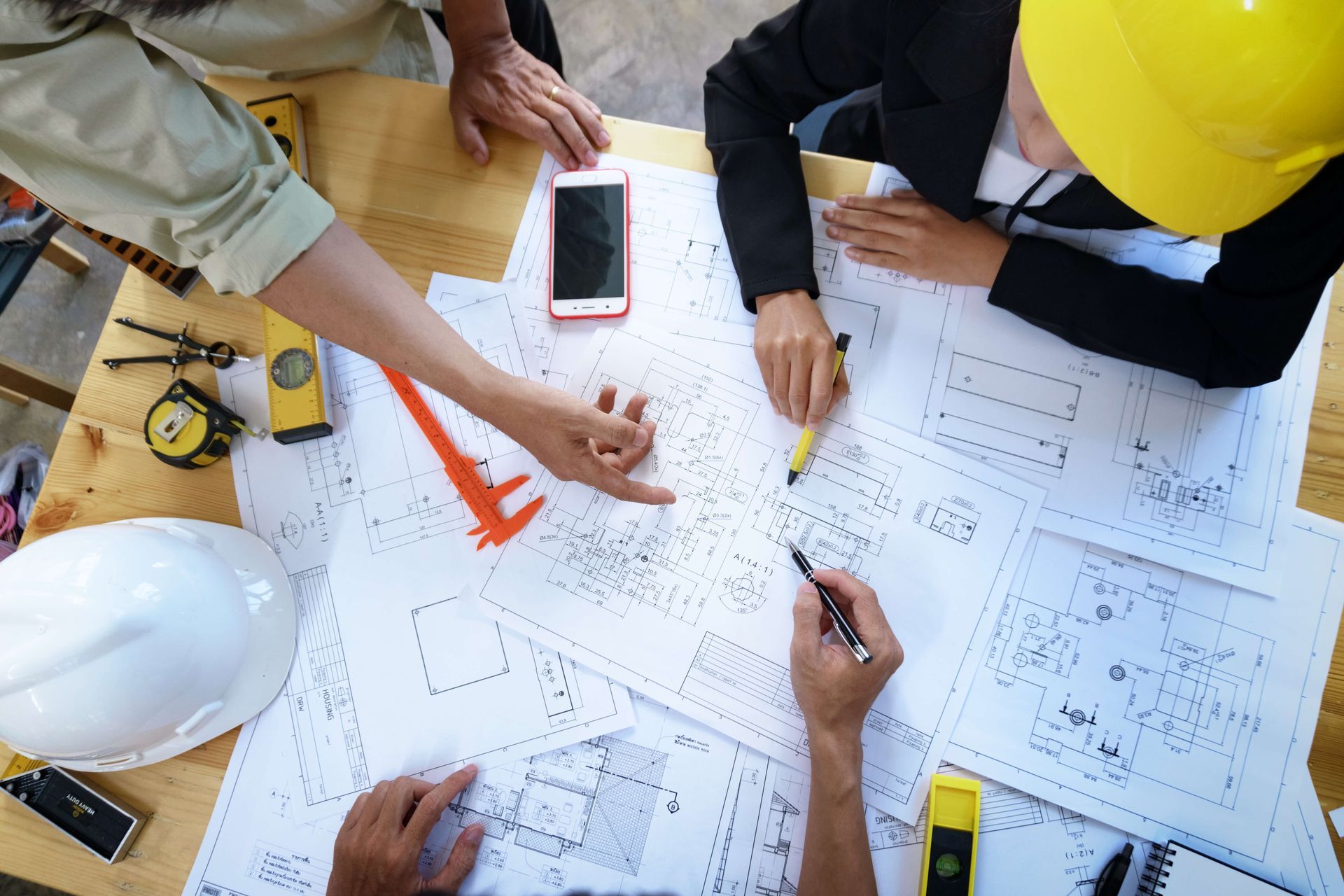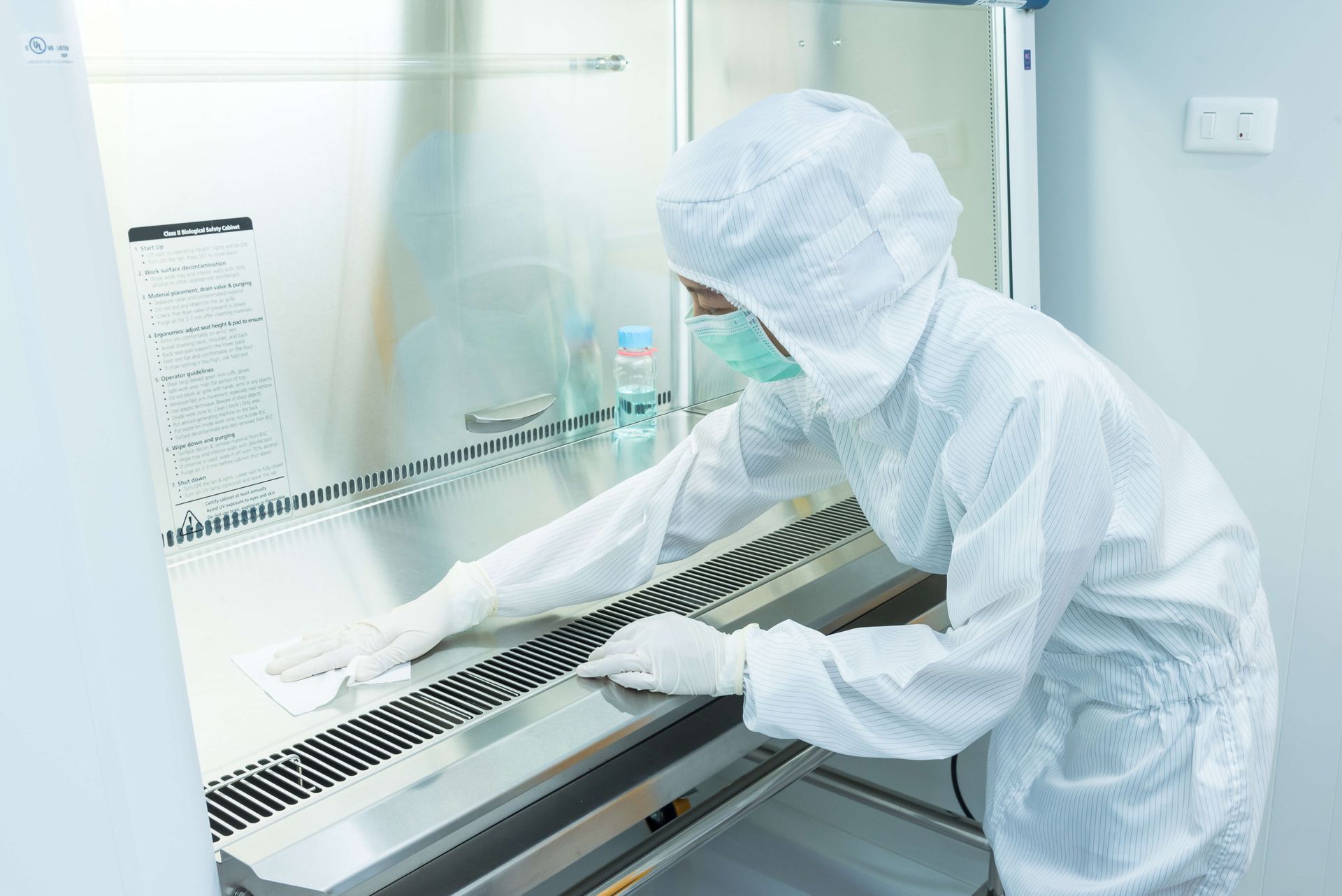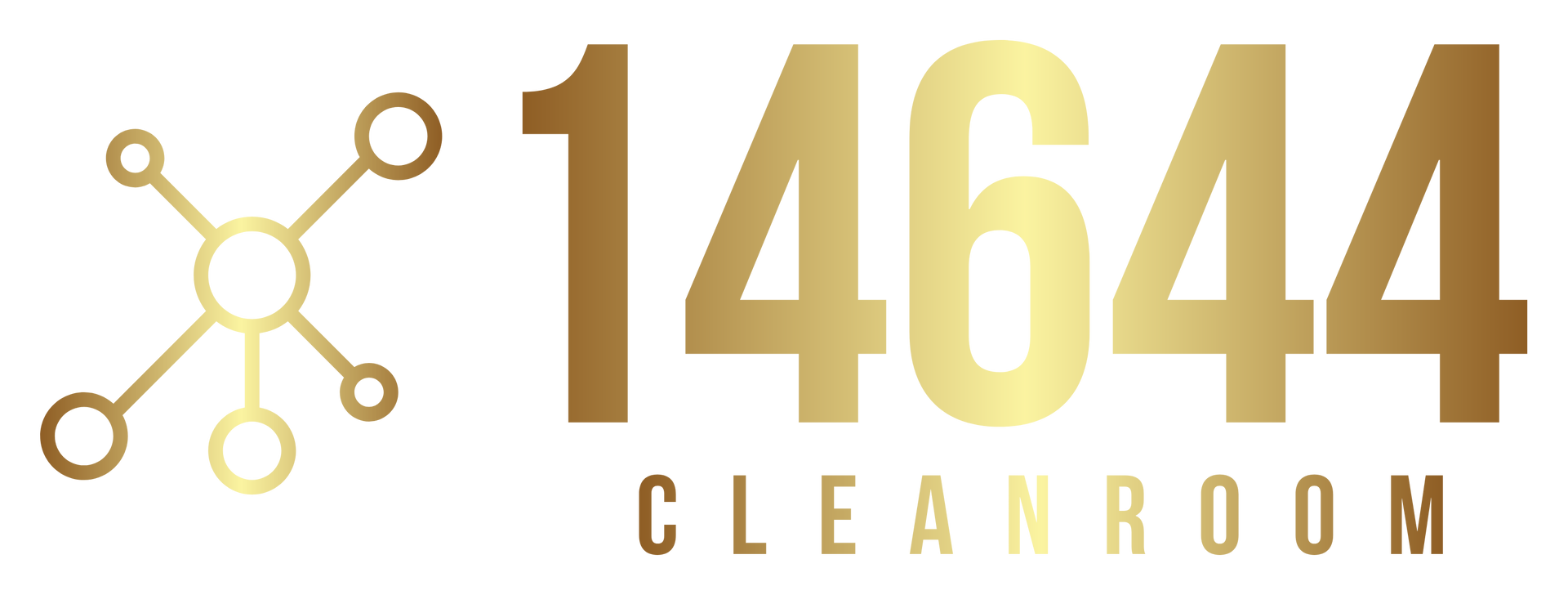Innovations in Cleanroom HVAC Systems

Introduction
Cleanrooms are critical environments in industries ranging from pharmaceuticals to semiconductor manufacturing. Ensuring their efficiency, cleanliness, and compliance with stringent regulatory standards is paramount. Central to the operation of cleanrooms is their Heating, Ventilation, and Air Conditioning (HVAC) systems. Innovations in cleanroom HVAC systems are transforming these spaces by enhancing energy efficiency, improving contamination control, and reducing operational costs. Below, we explore the latest advancements driving this evolution.
1. Advanced Filtration Technologies
Filtration is the cornerstone of cleanroom operation, as it ensures particulate control to maintain air cleanliness standards. Modern cleanroom HVAC systems employ advanced High-Efficiency Particulate Air (HEPA) and Ultra-Low Penetration Air (ULPA) filters. Innovations in filtration include:
- Nanofiber Filters: These filters use nanotechnology to achieve higher filtration efficiencies with reduced air resistance, leading to lower energy consumption.
- Self-Cleaning Filters: Equipped with automated mechanisms, these filters maintain performance over longer periods by removing accumulated particulates, reducing maintenance needs.
- Electrostatic Precipitators: Leveraging electrical charges to capture contaminants, these systems enhance filter performance and reduce the frequency of replacements.
2. Energy-Efficient HVAC Designs
Energy consumption is a major cost driver for cleanroom operations. New HVAC system designs are minimizing energy use without compromising performance through the following innovations:
- Variable Air Volume (VAV) Systems: Unlike traditional Constant Air Volume (CAV) systems, VAV adjusts airflow based on the cleanroom’s needs, reducing energy waste.
- Energy Recovery Ventilators (ERVs): These devices recover heat or cooling from exhaust air and transfer it to incoming air, significantly reducing the energy required to condition the air.
- High-Performance Fans and Motors: Modern HVAC systems incorporate electronically commutated motors (ECMs) and high-efficiency fans to optimize airflow while consuming less power.
3. Digital Monitoring and Control Systems
The integration of digital technologies has revolutionized the way cleanroom HVAC systems are managed. Smart systems improve efficiency and ensure compliance by:
- IoT-Enabled Sensors: These sensors continuously monitor air quality, temperature, humidity, and pressure differentials, providing real-time data for precise control.
- Building Management Systems (BMS): Centralized platforms enable automated adjustments to maintain optimal environmental conditions while reducing energy consumption.
- Predictive Maintenance Algorithms: Using machine learning, HVAC systems can predict and address potential issues before they result in downtime or contamination events.
4. Modular and Flexible Cleanroom Designs
The demand for adaptable cleanroom environments has led to the development of modular HVAC systems. Key innovations include:
- Scalable Air Handling Units (AHUs): These units can be configured or expanded to accommodate changes in cleanroom size or operational requirements.
- Plug-and-Play Duct Systems: Modular ductwork allows for easier installation and reconfiguration, reducing downtime and costs during upgrades or renovations.
- Zoning Capabilities: Advanced systems allow cleanrooms to be divided into zones with independent HVAC controls, enabling tailored environmental settings for different processes.
5. Sustainable and Green Solutions
As industries focus on sustainability, cleanroom HVAC systems are incorporating environmentally friendly practices and technologies:
- Low Global Warming Potential (GWP) Refrigerants: These refrigerants reduce the environmental impact of HVAC operations while maintaining efficiency.
- Solar-Powered Systems: Integration with solar panels provides a renewable energy source for HVAC operations, significantly cutting carbon footprints.
- Lifecycle Assessments: New software tools help design HVAC systems with minimal environmental impact by evaluating the entire lifecycle of the equipment.
6. Improved Airflow Management
Efficient airflow is critical for contamination control and energy savings. Innovative airflow management solutions include:
- Laminar Flow Optimization: Computational Fluid Dynamics (CFD) modeling is used to design systems that deliver uniform airflow, minimizing turbulence and contamination risks.
- Air Curtains: Strategically placed air curtains help maintain pressure differentials and prevent contamination without overburdening the HVAC system.
- Active Flow Control Systems: These systems adjust airflow in real-time to meet varying operational demands, enhancing both performance and efficiency.
7. Integration of Advanced Materials
Innovative materials are enhancing the performance and durability of HVAC components:
- Antimicrobial Coatings: Applied to ducts and filters, these coatings inhibit microbial growth, ensuring cleaner air and reducing contamination risks.
- Lightweight Composite Materials: Used in ductwork and structural components, these materials reduce the overall weight of HVAC systems, lowering energy consumption.
- Phase-Change Materials (PCMs): Integrated into HVAC systems, PCMs store and release thermal energy, helping stabilize cleanroom temperatures with less active heating or cooling.
8. Compliance with Evolving Standards
Regulatory requirements for cleanrooms are becoming increasingly stringent. Innovations in HVAC systems are enabling industries to meet these standards more effectively:
- Dynamic Validation Tools: Automated systems streamline the validation process by continuously assessing and documenting compliance with ISO and GMP standards.
- Real-Time Reporting Dashboards: Comprehensive platforms provide instant access to compliance metrics, simplifying audits and regulatory submissions.
Conclusion
The latest innovations in cleanroom HVAC systems are setting new benchmarks in performance, energy efficiency, and adaptability. By embracing these advancements, industries can achieve cleaner environments, lower operational costs, and a smaller environmental footprint. As technology continues to evolve, the future of cleanroom HVAC systems promises even greater efficiency and sustainability, enabling critical industries to thrive in an increasingly demanding world.
Read more: All About Cleanrooms - The ultimate Guide






